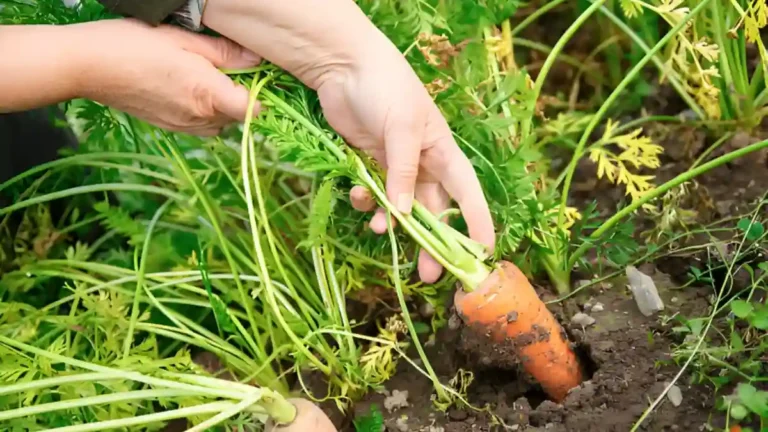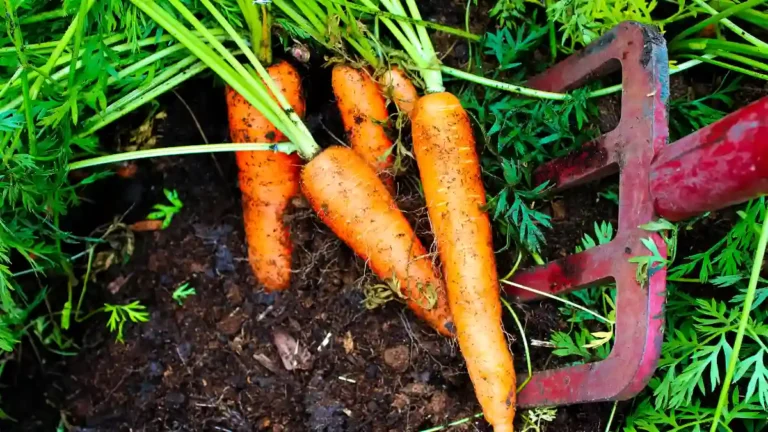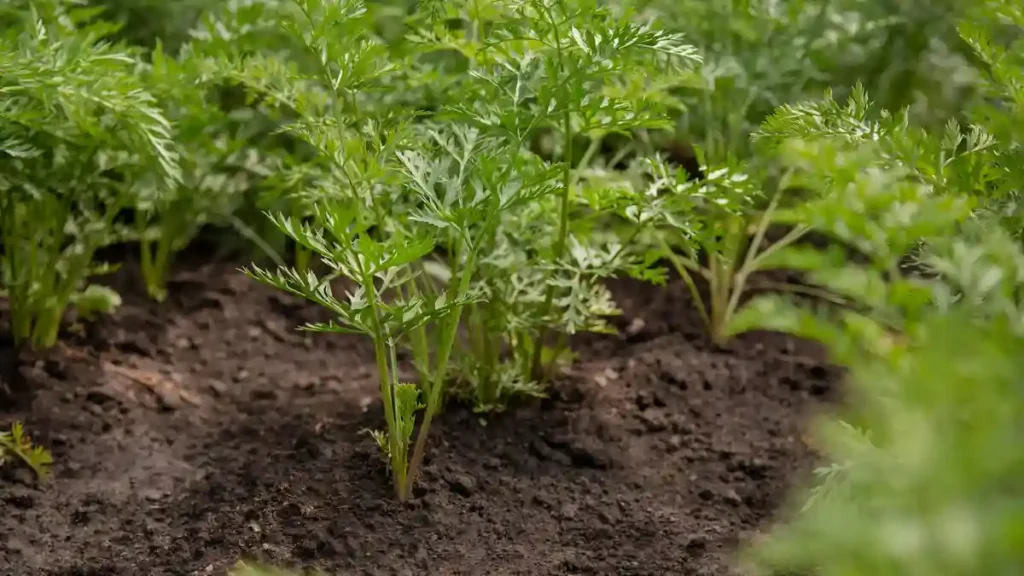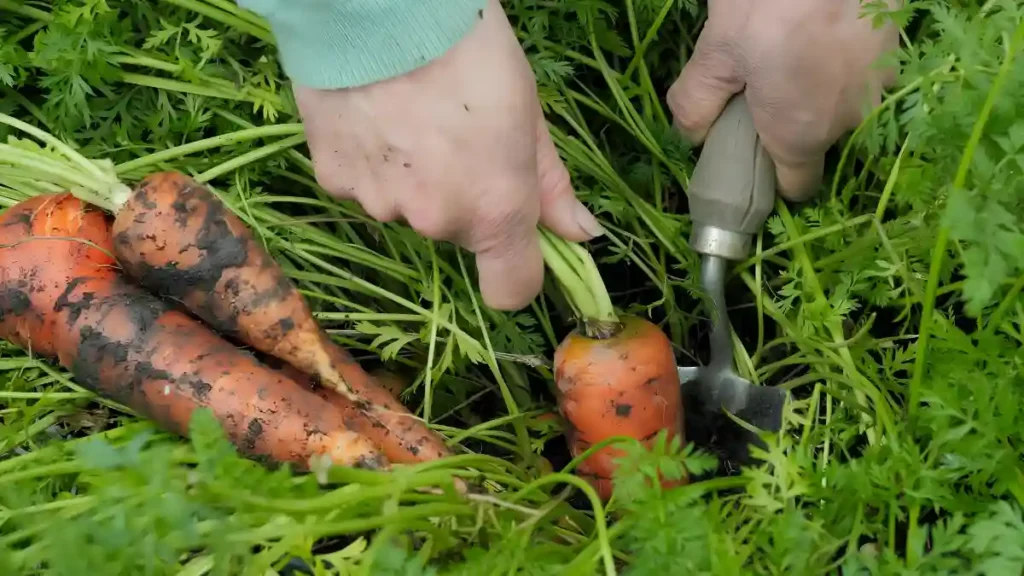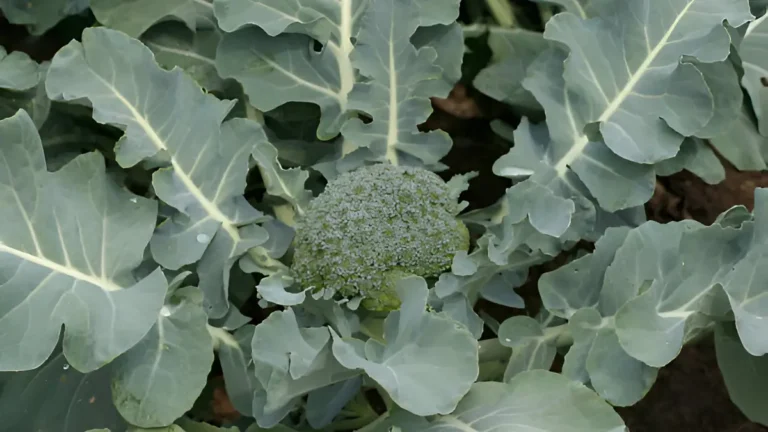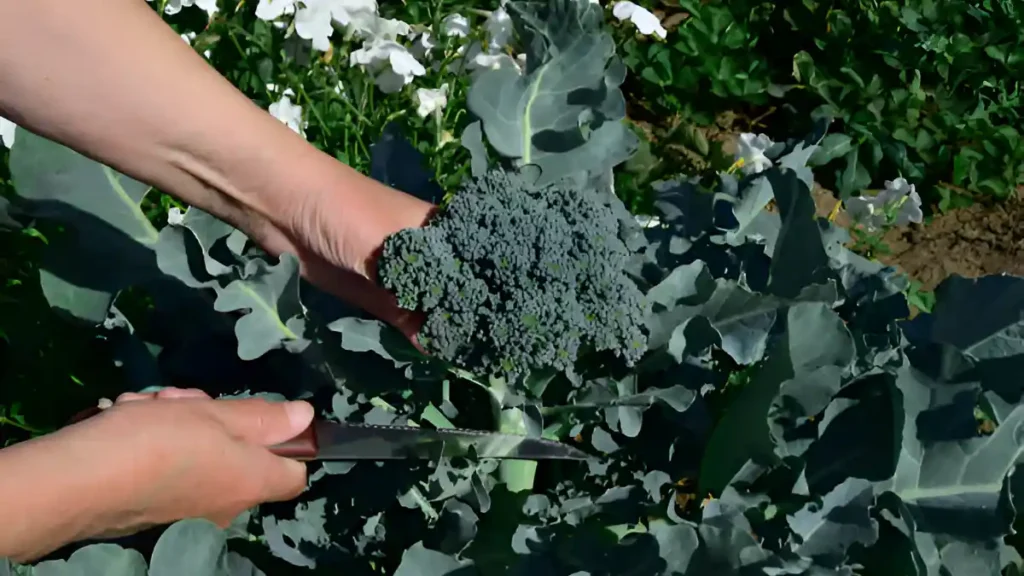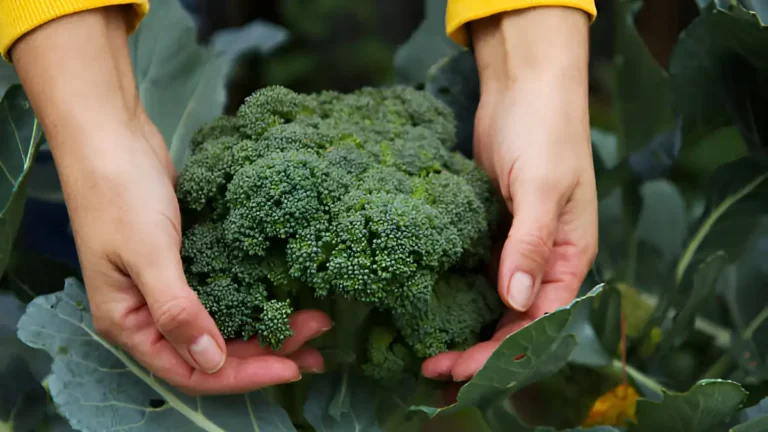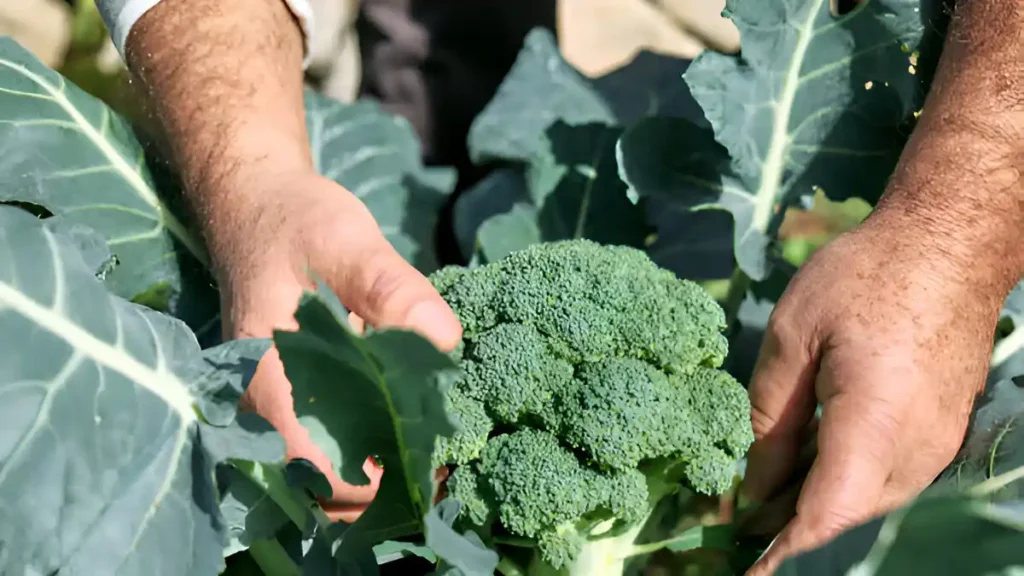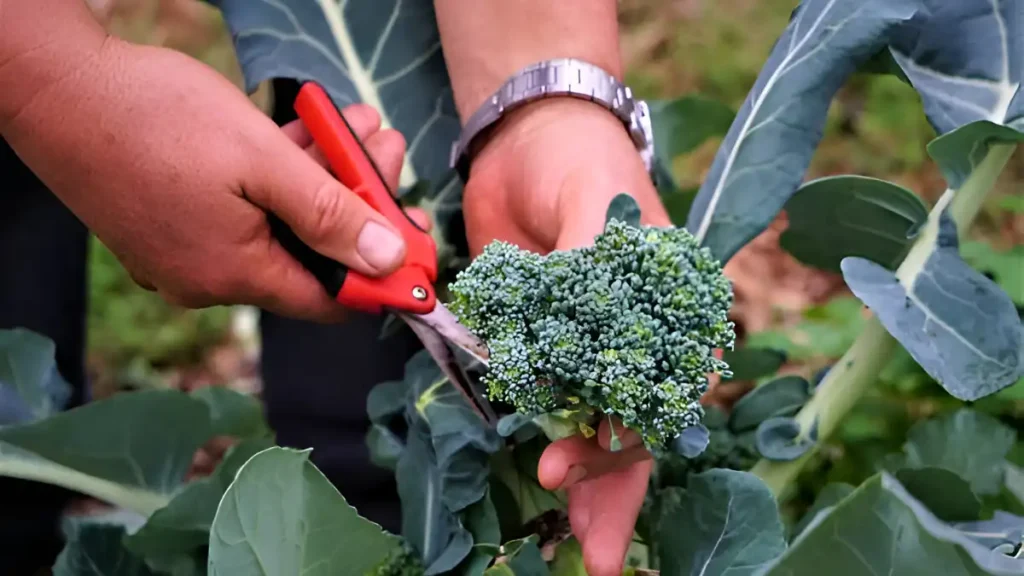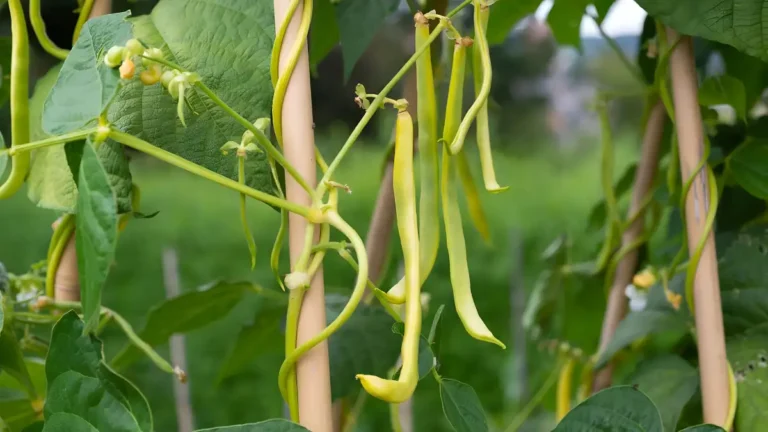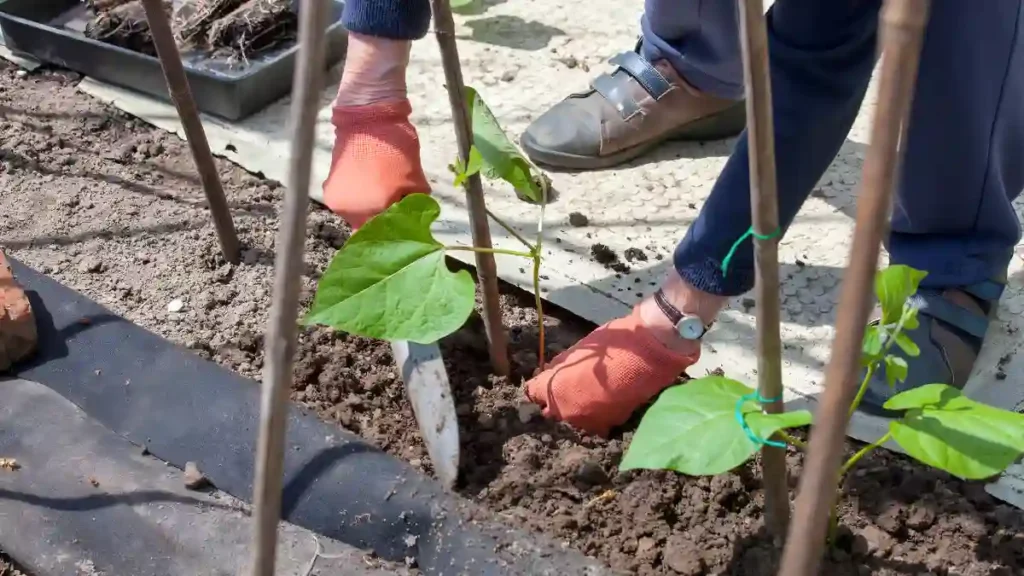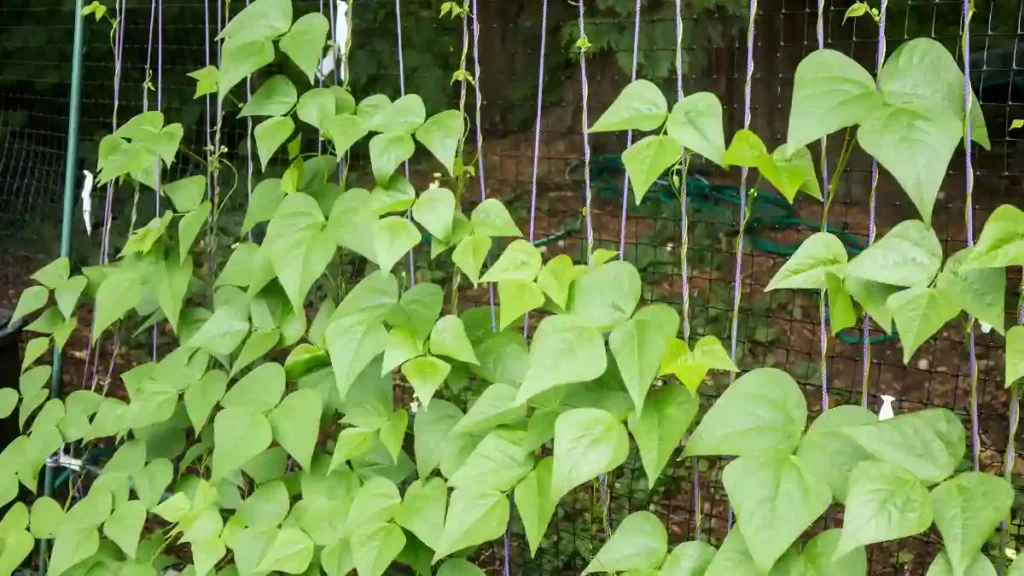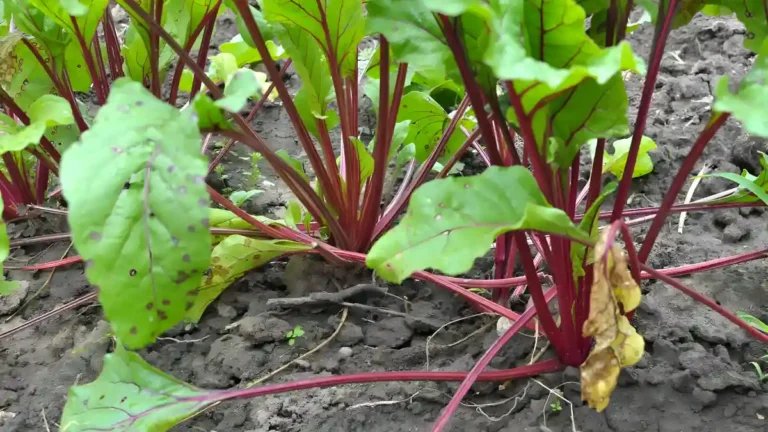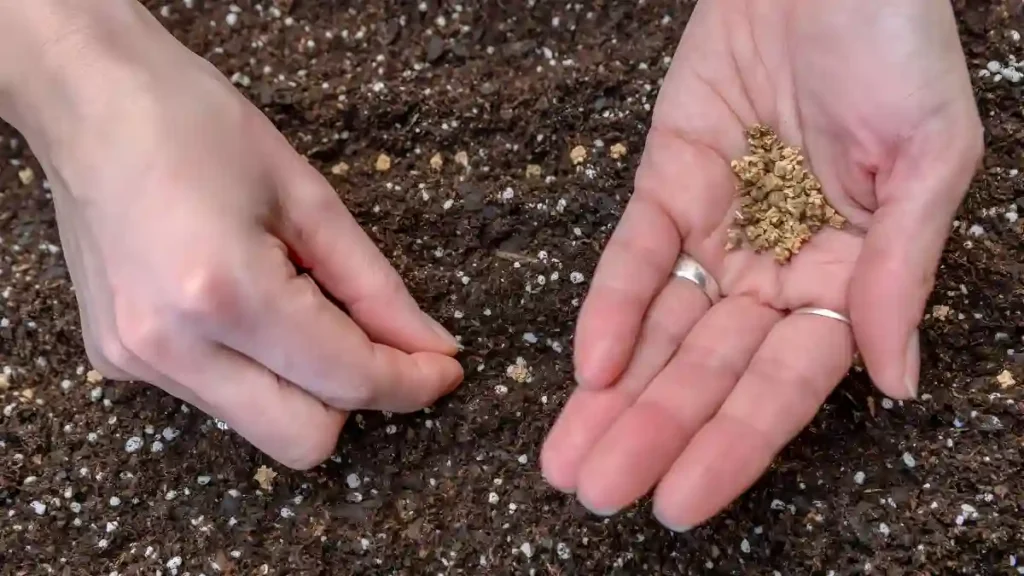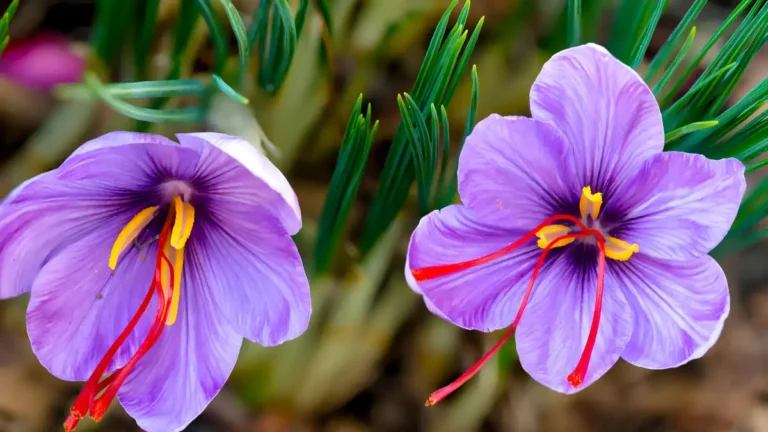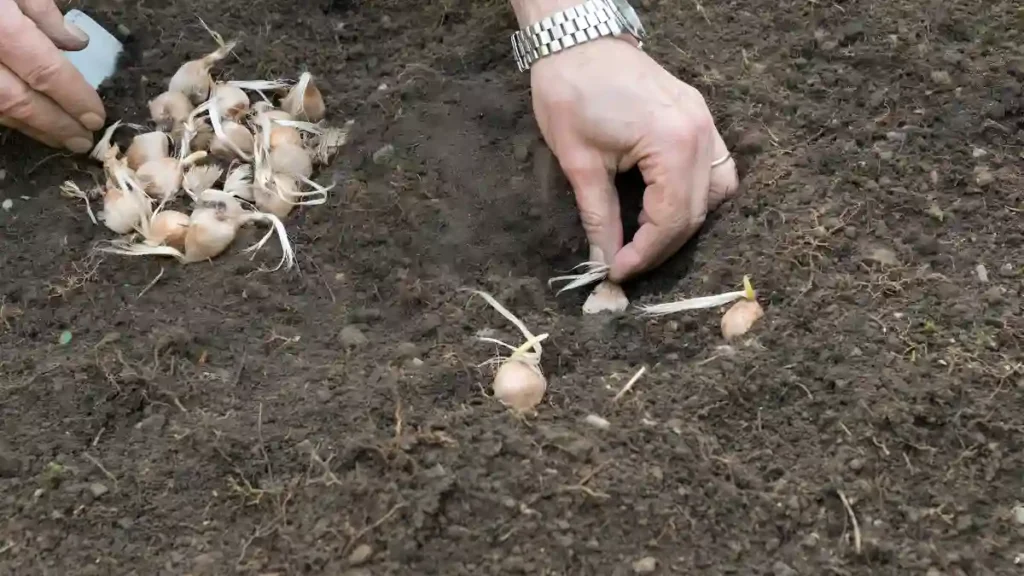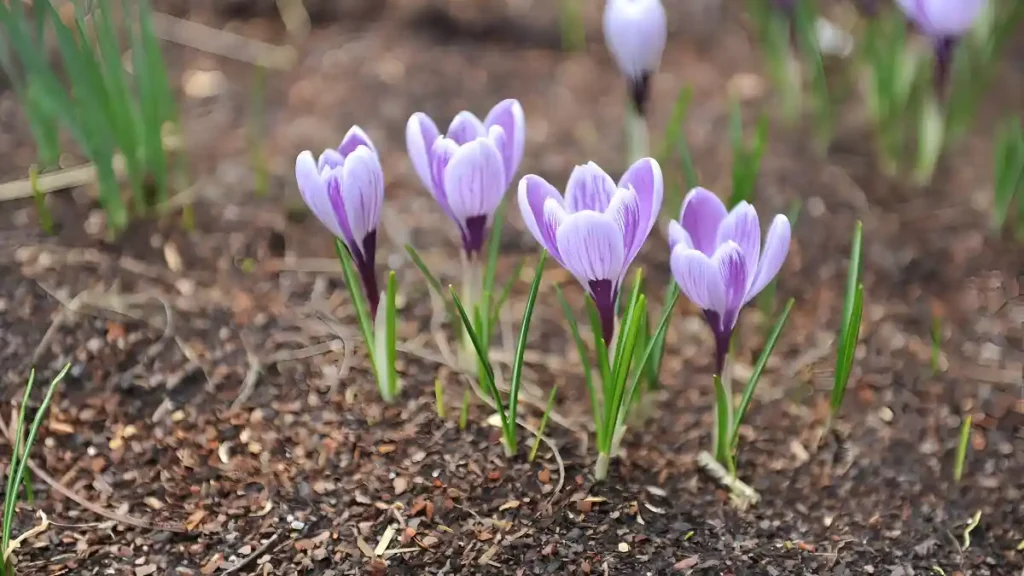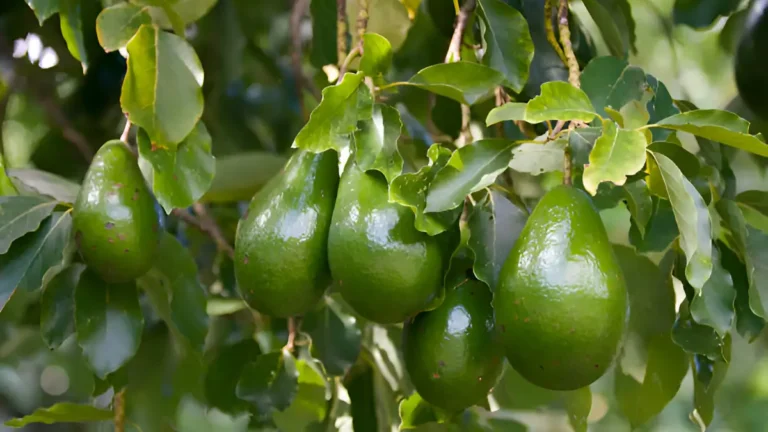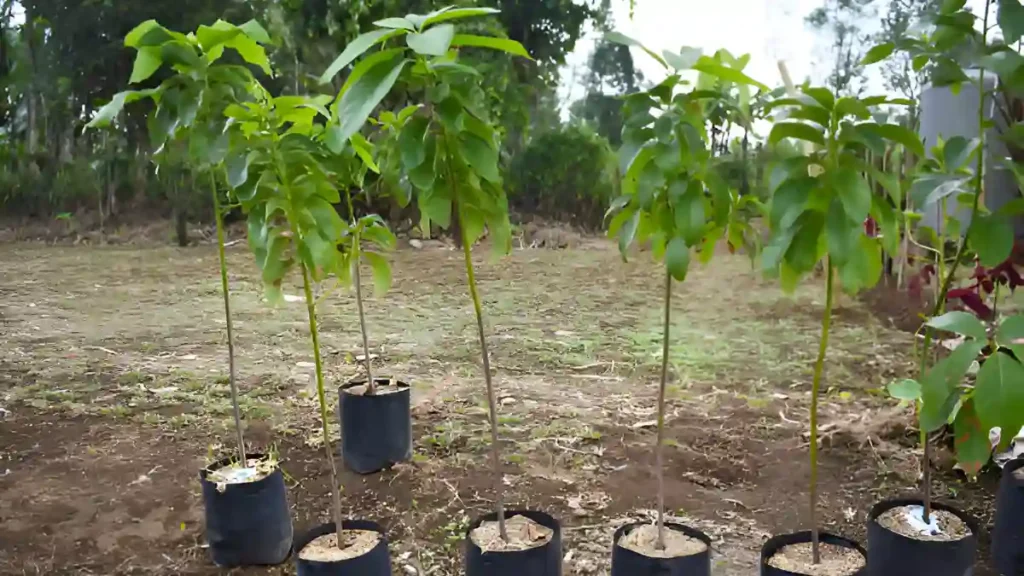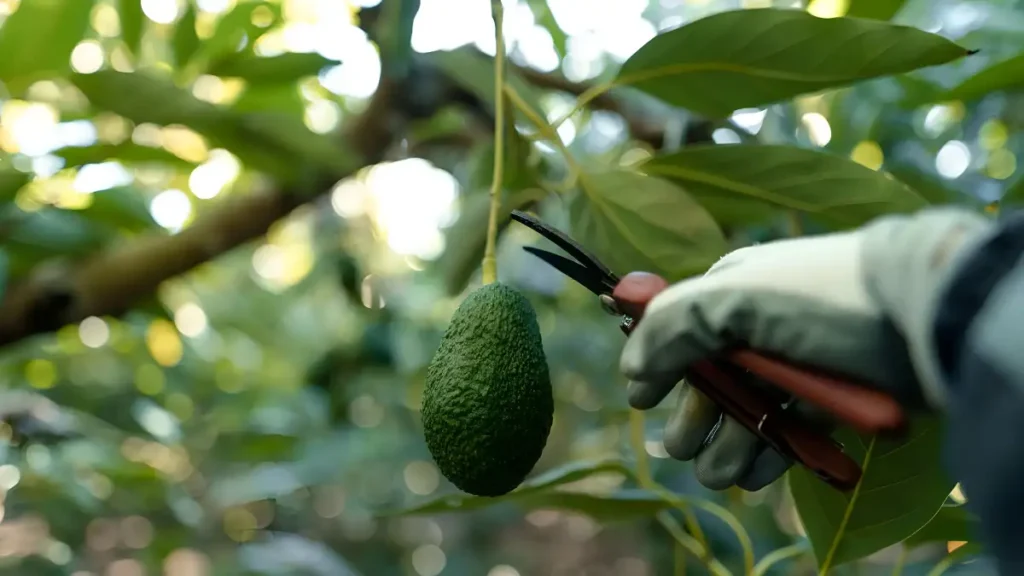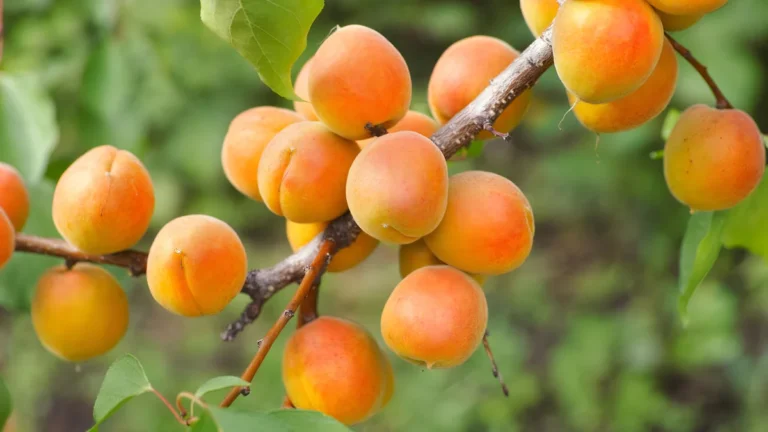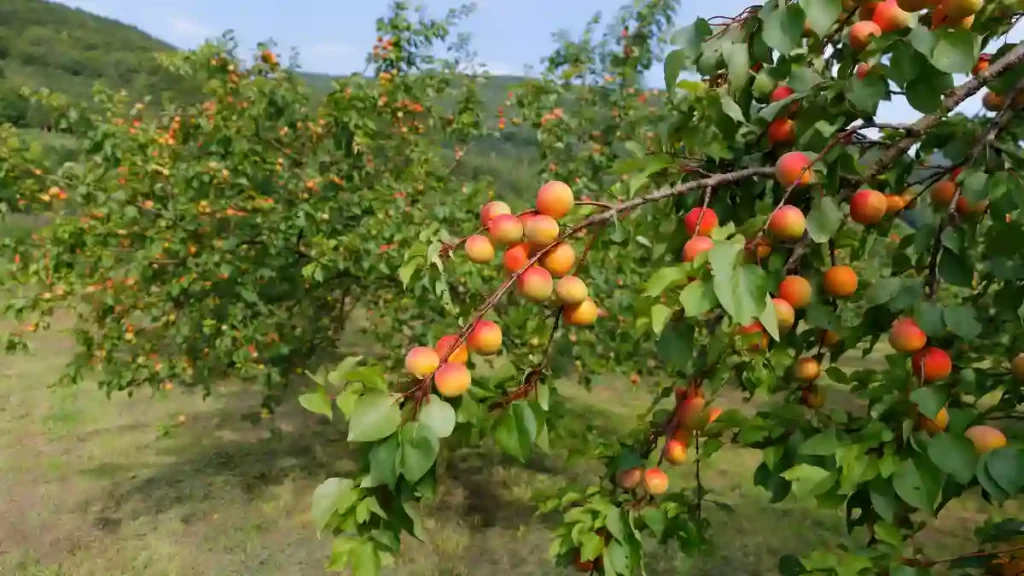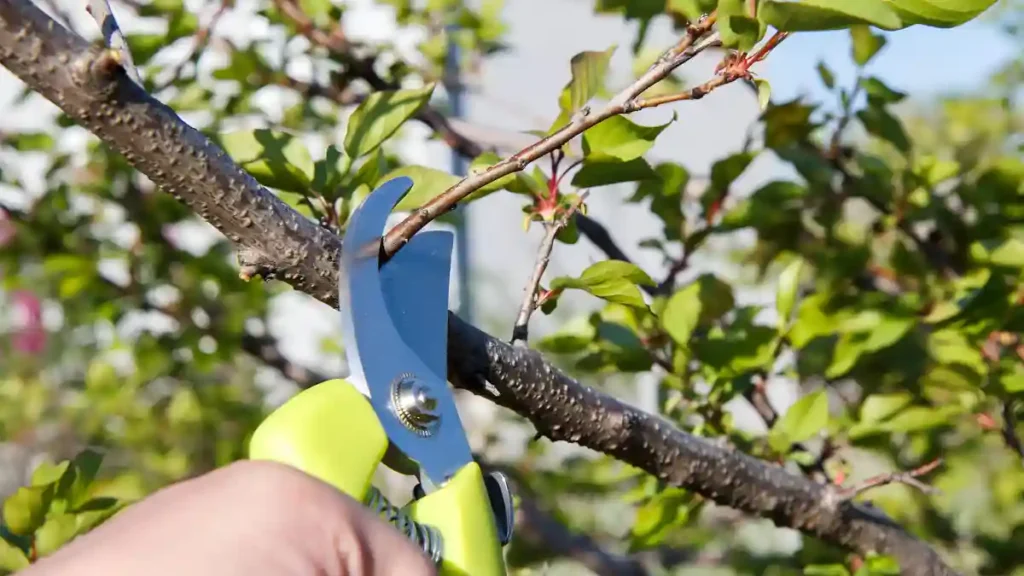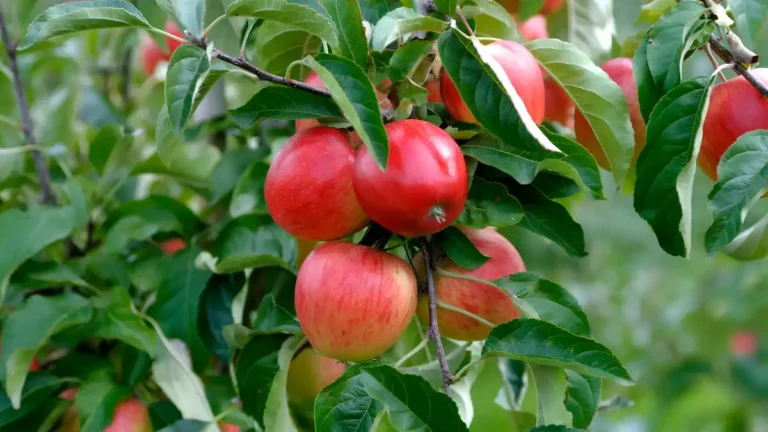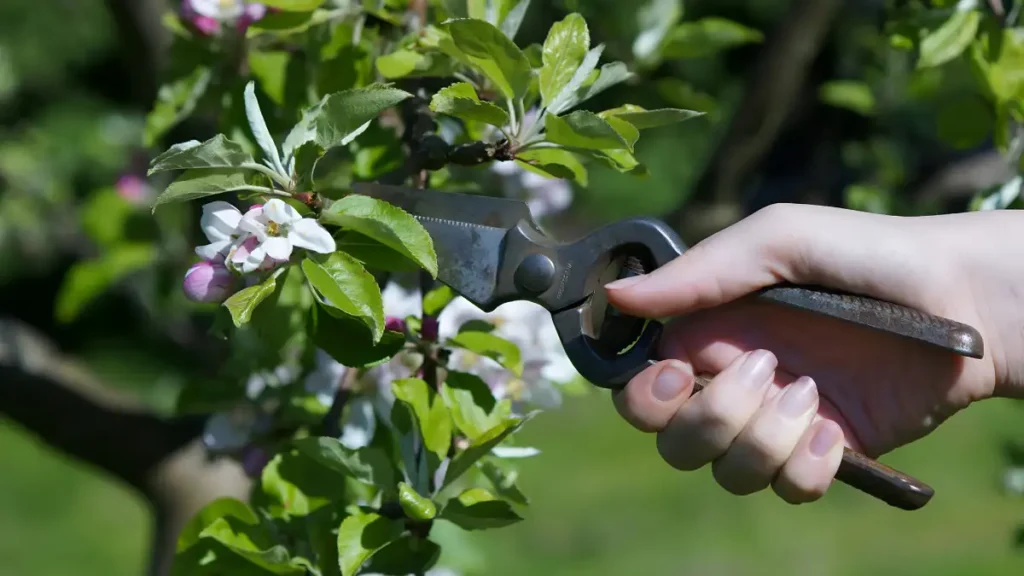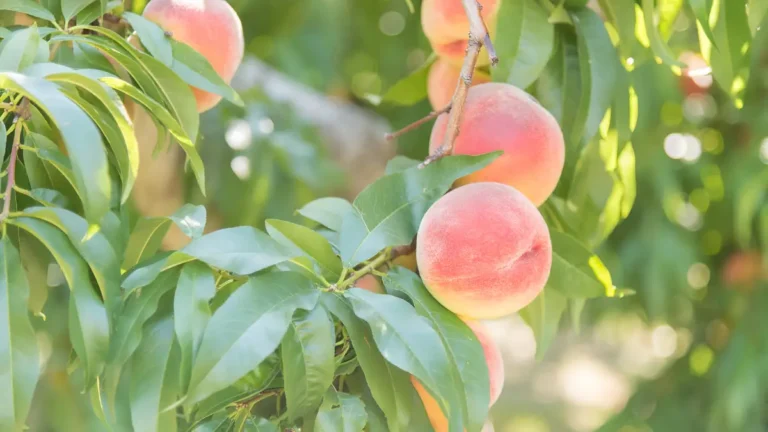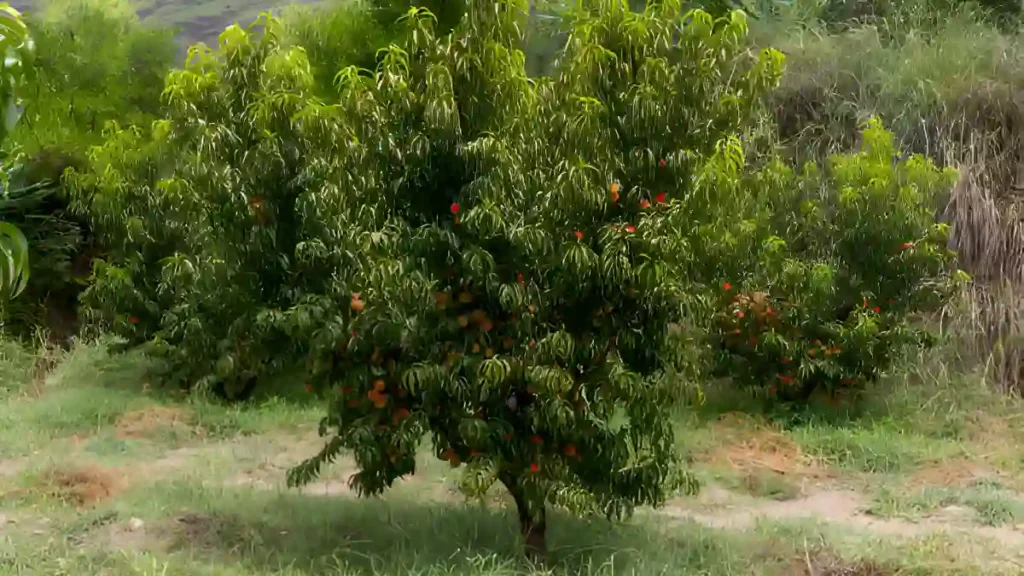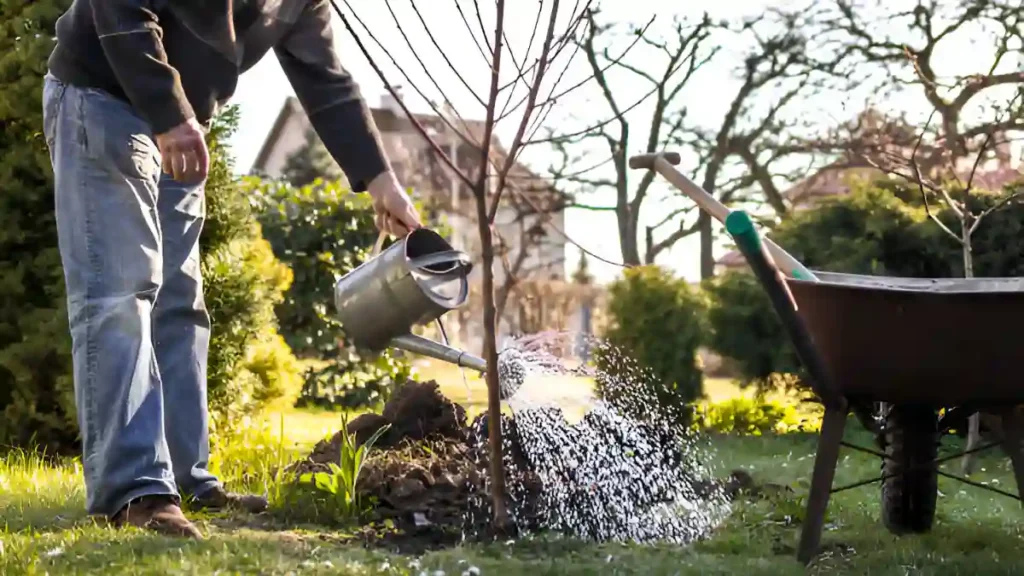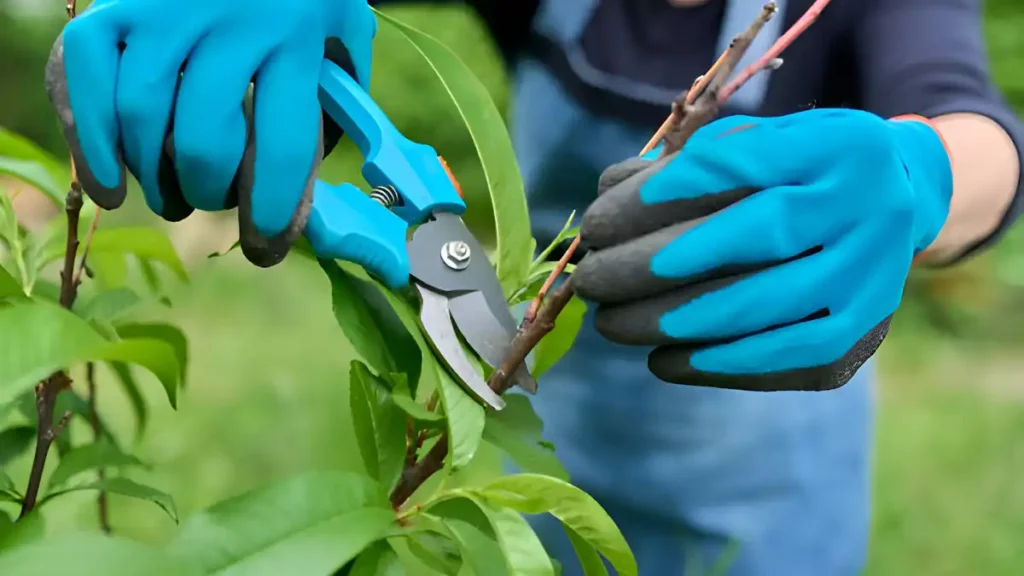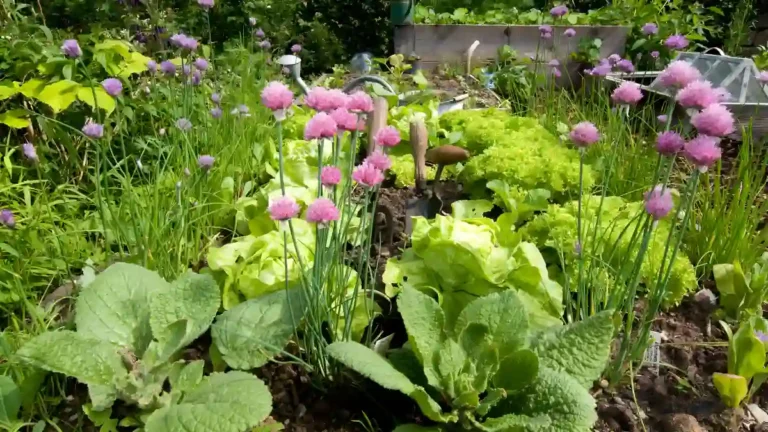Root vegetables like carrots are beloved for their crisp, sweet flavor and high nutritious content. Carrots come in an amazing array of colors—orange, golden, or purple—that you may grow carrots in your vegetable garden. How to determine when to harvest carrots remains the question, though. To maximize flavor and texture, it is therefore essential to know when and how to harvest carrots. Everything from knowing when to harvest your carrots to useful methods for gathering and storing them will be covered in this article.
Recognize how to know when to harvest carrots:
Carrots are ready to be harvested when their shoulders are 1/2 and 3/4 inches in diameter and start to show above the ground, usually two to three months after planting. Fresh carrots are best, as they turn woody if left in the ground, and to maintain their sweetness, they should be harvested before the first frost.
Know when to harvest carrots:
1. Understanding the growth cycle
- Carrot maturity takes 70-80 days, depending on the cultivar and growing environment. Shorter cultivars like “Nantes” reach maturity faster, while longer ones like “Imperator” require more time. Pick carrots when they’re fully grown but before they turn bitter and woody, as the root has gathered enough natural sugars.
2. Knowing the symptoms of maturity
- Harvest carrots when half to one inch in diameter at the top, with bright, uniform color indicating root potential, as larger ones may be tougher or blander.
- To find out how long it will take for your specific variety to mature, always consult the seed packet. Remember that too-early harvesting carrots might result in underdevelopment while too-long rooting can cause fibrous growth and flavor loss.
- Carrots can withstand frost better due to their ability to convert starches into sugars, but timing is crucial as strong frost can harm roots.
3. The best time to harvest carrots
- Although they can be planted in the spring or the fall, many gardeners find that the roots are sweeter in the latter season because of the lower temperatures. Carrots picked in the fall can, in many areas, be left in the ground until the first few months of winter—that is, provided the ground does not freeze solid. Carrots can be planted and harvested all year round in warmer climes.
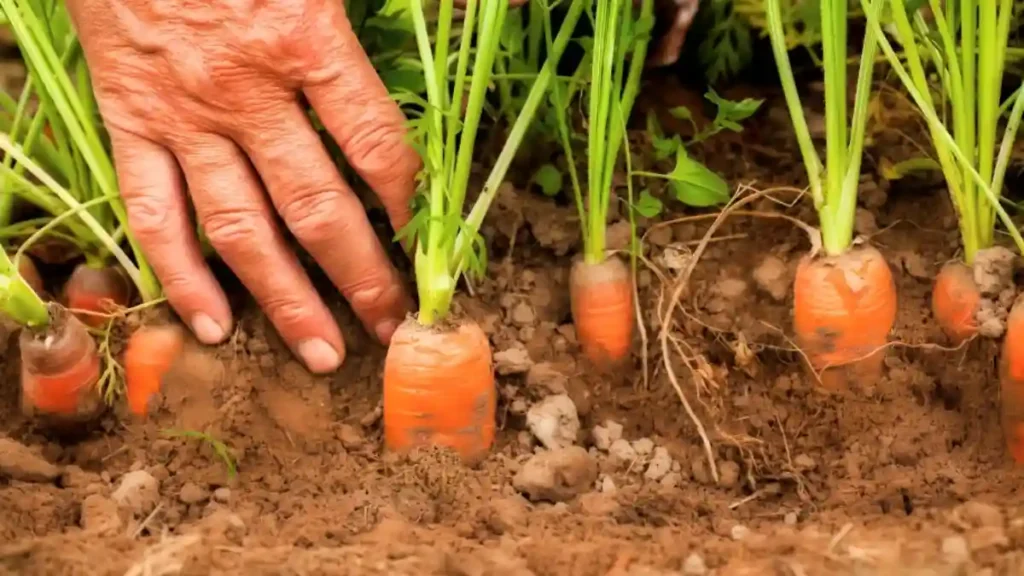
How to harvest carrots correctly:
Carrot harvests mature quickly, but they don’t become woody or starchy like radishes, staying fresh longer. Harvesting as needed preserves their flavor and texture, making them ideal for garden cultivation.
- To harvest carrots safely, prepare the soil by moderately watering it the day before, especially if it’s dry or compacted, to prevent the tops from breaking off and the roots from sticking.
- Gently loosen dirt around carrot tops using a spade or garden fork, starting at least 6-8 inches away from the tops and working inward. Carefully remove the carrots from the soil once it has been worked loose.
- At the base, where the greens meet the root, firmly grasp the carrot tops. To extract the carrot from the ground, gently wiggle the plant back and forth while tugging upward. Carrots should be easily removed if the soil is well-prepared and moist. If resistance is encountered, loosen the dirt surrounding the roots even further using the garden fork.
Typical mistakes to avoid when harvesting carrots:
- Timing is crucial when harvesting carrots, as too soon can result in underdeveloped roots, and too long can lead to woody and bland results.
- Gardeners often mistakenly remove carrots from compacted soil, resulting in trapped and damaged tops. Always work the surrounding soil free before removing them.
- Carrots that are incorrectly stored can quickly go bad. Carrots should not be left in the open or exposed to sun or air as this can cause them to sprout or dry out. For optimum durability, always store them in a cold, dark, and damp location.
Conclusion:
Knowing how to harvest carrots at the right time and with the proper practices can considerably increase crop quality and flavor. These pointers and techniques can help you enjoy crisp, delicious carrots that keep for months. For optimal outcomes, don’t forget to monitor the growth environment and pay attention to the harvest window.
Certainly! If you’d like to learn more, please consider following our WhatsApp Channel: Harvest Gardening
A frequently asked questions:
Q1: How do I know when carrots are ready to harvest?
A1: Carrots are ready to harvest when their shoulders (the tops of the roots) are about 1/2 to 3/4 inch in diameter and visible above ground. If you want to be sure it has grown to the right size, you can simply carefully pull one up.
Q2: Can I leave carrots in the ground over winter?
A2: Carrots can be left in the ground in winter as long as the soil doesn’t freeze completely, and can be protected from freezing by mulching with straw or leaves.
Q3: How do I know if my carrots are too woody?
A3: Overgrown or cold carrots develop a woody texture, often characterized by fibrous or hard roots and a harsh taste lacking the sweetness of timely harvests.

